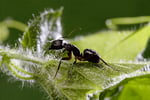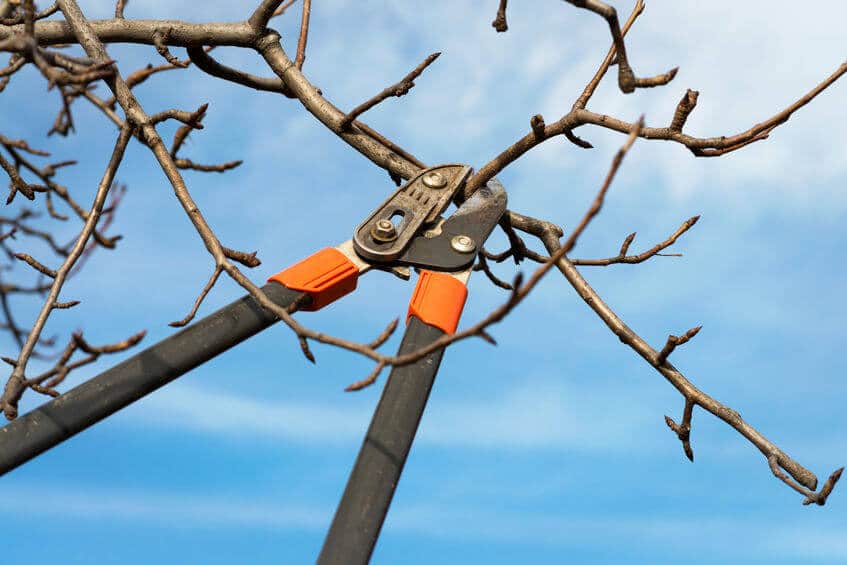No matter where you live or what type of grass you grow, water is critical for lawn health. Many homeowners choose to invest in a sprinkler system, which allows them to provide the precise amount of water their plants need, exactly when they need it. Sprinkler systems can make lawn irrigation far more convenient and effective, but only if you take proper care of your system.
At the beginning of spring, it's important to make sure your system is ready to go. The following sprinkler system spring startup procedure will help you do just this so you can water your lawn safely throughout the year:
Surmise the Soil- The first step is to make sure that the soil has thawed enough for your sprinkler to operate. If it is still frozen, you could damage the system when you turn on the water.
Look Out for Obstacles- Examine each sprinkler head to see if any soil, sand, rocks, or other items have gotten caught in it. If this has happened, you need to clean the heads out before turning the system on; otherwise, the water could become backed up and damage the pipes.
Examine with your Eyes- While checking the heads for debris, examine them for signs of damage as well. Then do the same for the valves, pipes, and any other parts of your system that are physically accessible. Replace damaged equipment immediately.
Straighten the Sprinklers- Check to see if the heads or other parts of the sprinkler system have become crooked. If they have, straighten them out before you move on to other parts of this process.
Maintain Control- Take a look at the controls you use to turn on or program the sprinkler. Clean out any dust, dirt, or cobwebs that may have gathered there, and replace any equipment that has become rusty. Also make sure the controls have the date and time right, as this is essential if you plan to program your sprinklers to turn on or off at a particular time.
Slowly Fill the Irrigation System- With the controls ready to go, it’s time to conduct a pressure test. But before you can do that, you should slowly let the system fill with water. This will prevent the pressure from rising too rapidly, something that can damage pipes that otherwise would have been fine.
Peruse the Pressure- Turn the system on and use a pressure gauge to see how much water pressure builds up in the pipes. Too much pressure suggests that some part of your system is blocked up or that too much water is coming in; you need to correct this or you could damage the pipes. Conversely, if there is too little pressure, the system is probably leaking, and you need to close this leak as quickly as possible.
Need assistance with your sprinkler system? Contact the skilled technicians at Senske and get an estimate on sprinkler service.


.png?width=1142&height=1350&name=Holiday%20Decor%202025%20LP%20-%20548x648%20%20(1).png)








